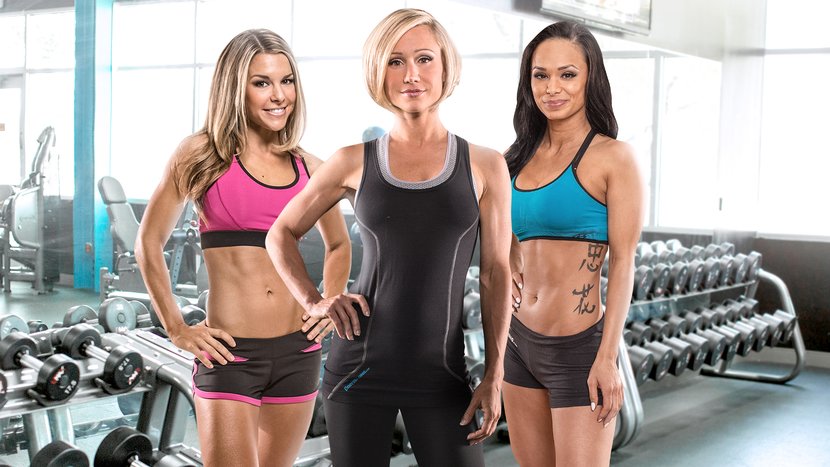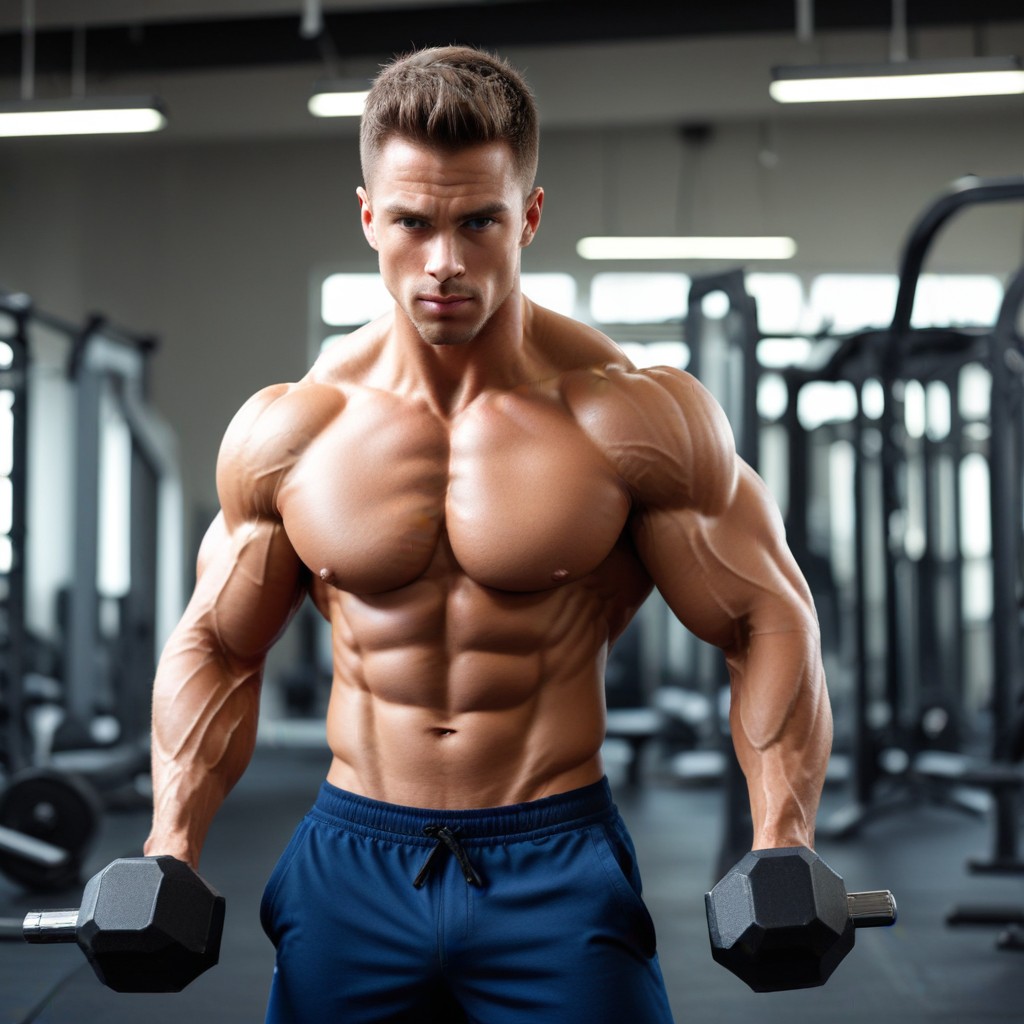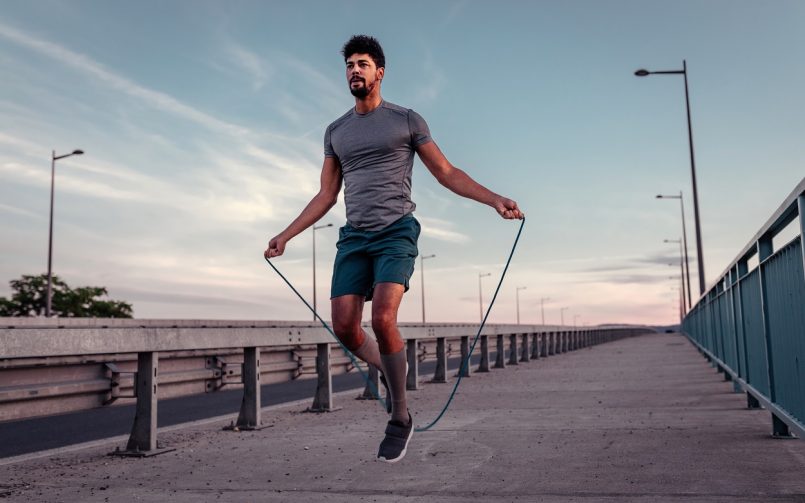As we age, our bodies lose strength and adaptability. Besides the fact that our muscles become more vulnerable, yet our faculties additionally blur. The blend of shortcoming and absence of discernment is a recipe for falling a possibly difficult issue that influences an expected one out of four US grown-ups over age 65 every year, prompting 800,000 visits to the trauma center every year.
Research shows that more established grown-ups who can adjust on one foot for no less than 30 seconds are significantly less liable to encounter a fall than the people who can't play out the activity for that long. The World Wellbeing Association suggests more seasoned grown-ups perform exercises that animate equilibrium and versatility no less than three days out of each week to diminish their gamble of falling. Furthermore, new logical proof proposes that the powerlessness to remain on one leg for somewhere around 10 seconds is unequivocally connected to the gamble for unexpected passing in grown-ups over age 50.
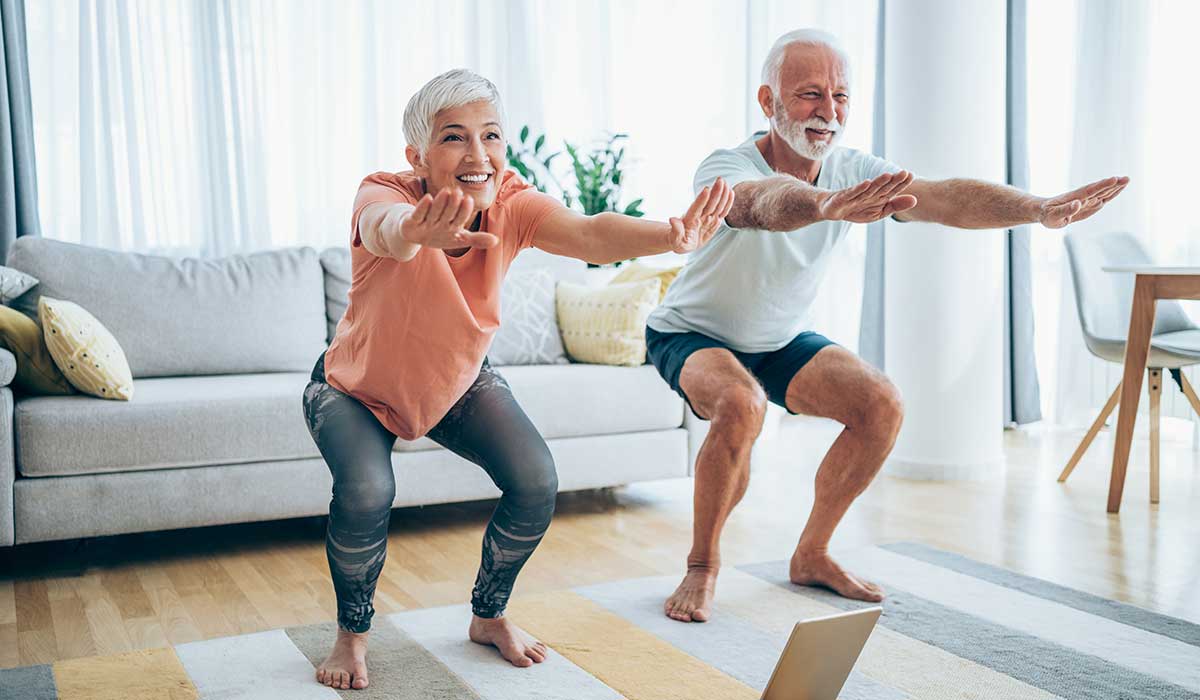
Certain medical issue, like joint pain in the knees and hips, can make shortcoming that thusly leads balance issues, says Aleksandra Kuta, PT, DPT, OCS, an actual specialist at HSS. Individuals who go through joint substitution medical procedures likewise may encounter a deficiency of equilibrium on the grounds that their new joints need extraordinary cells, called proprioceptors, that assist the cerebrum with figuring out where in space the appendages are out of nowhere.
Nonetheless, the cerebrum can work around the deficiency of proprioceptors by utilizing different faculties, like sight and contact. Furthermore, albeit some age-related decrease in balance is unavoidable, the vast majority can safeguard — and even addition offset with standard, designated works out.
How to Improve Your Balance
Actual equilibrium comes in two structures: static and dynamic, Kuta says. Static equilibrium portrays the capacity of the body to stay upstanding in a standing position, while dynamic equilibrium alludes to how well we travel through space.
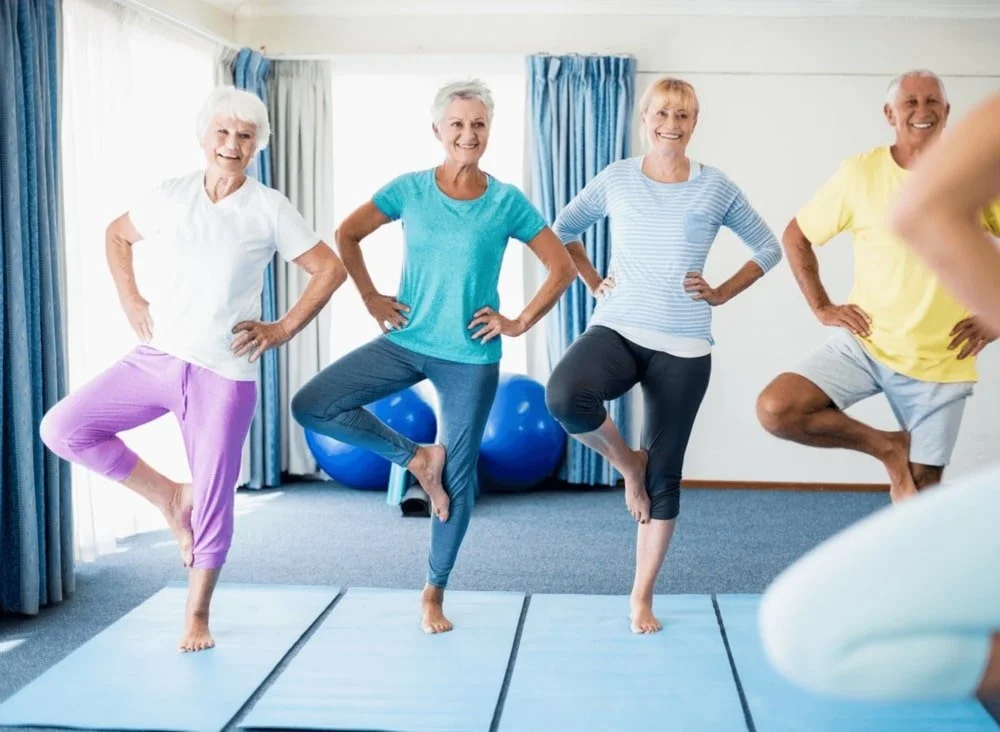
Albeit the two types of offset disintegrate with age, certain individuals experience the deficiency of one more firmly than the other, she says. For instance, an individual might have no trouble stopping or going after something on a rack over their head, yet they will most likely be unable to climb steps or step off a check without help.
A few gathering and individual exercises are phenomenal for advancing equilibrium, strength and portability, Kuta says, including yoga, Jujitsu and Pilates. Be that as it may, you can see upgrades in balance by simply doing the basic activities underneath. Likewise with all actual activity, the more you do, the better the normal result. Pay attention to your body. Assuming you feel uneasiness during the action, don't push it.
The other significant parts of equilibrium are, as you have called attention to, strength and adaptability. Both are expected to monitor the body upstanding and. Great equilibrium depends on the muscles of the feet, legs, bottom, abs and middle. Furthermore, indeed, that is fundamentally the whole body.

Opposition preparing and weightlifting will develop fortitude and endurance, while practices, for example, yoga, kendo, Pilates or designated extending activities will assist with adaptability. Basic things, for example, remaining on one foot for a while sitting in front of the television or holding up in a line, continuously ascending from a seat without a help from your arms, working on strolling in reverse or strolling impact point to-toe in an orderly fashion all straightforwardly target balance.
And keeping in mind that this might come as a shock, it's not simply more seasoned grown-ups, similar to your father by marriage, who need to ponder solidness. Scientists have found that equilibrium starts to decrease in midlife, beginning at about age 50. In one late review, grown-ups in their 30s and 40s could remain on one foot briefly or more.
At age 50, the time diminished to 45 seconds. At 70, concentrate on members oversaw 28 seconds. By age 80 and more seasoned, they endured under 12 seconds remaining on one foot. Similarly as sobering is the way that 33% of grown-ups 65 and more seasoned experience a fall every year, with results going from an injury or an injury to broken bones and blackout or more awful. An emphasis on balance is smart for your father by marriage, and for yourself as well as your better half, too.
Single-Leg Balance
Begin with the two feet on the floor. Raise one leg by pulling your knee toward your chest and stand on the other leg without clutching a help.

Keep your look before you and your back straight.
Do somewhere around 2 sets on every leg (preferably 3) consistently for 30 seconds for each stand. Indeed, even one set is useful on the off chance that you can't oversee more.
Frequently Asked Questions!
What is the simple balance exercise for seniors?
Stage 1: Stand with your feet shoulder-width separated. Stage 2: Stretch out your arms out to the sides and gradually lift your right knee up off the floor. Stage 3: Fix your leg before you, stand firm on that footing for 30 seconds, and unwind. Rehash this activity for the two legs no less than multiple times.
Which daily activity can improve your balance?
Standing up and plunking down from a seat without utilizing your hands. Strolling while at the same time substituting knee lifts with each step. Doing judo or yoga. Utilizing gear, similar to a Bosu, which has an inflatable vault on top of a roundabout stage, which challenges your equilibrium.
Can poor balance be improved?
Strolling, trekking, and climbing steps reinforce muscles in your lower body. A prostrate bicycle or step stepper is a protected method for beginning on the off chance that your equilibrium needs a great deal of work. Extending slackens tight muscles, which can influence stance and equilibrium.
At what age does balance get worse?
And keeping in mind that this might come as a shock, it's not simply more established grown-ups, similar to your father by marriage, who need to contemplate steadiness. Scientists have found that equilibrium starts to decrease in midlife, beginning at about age 50.


